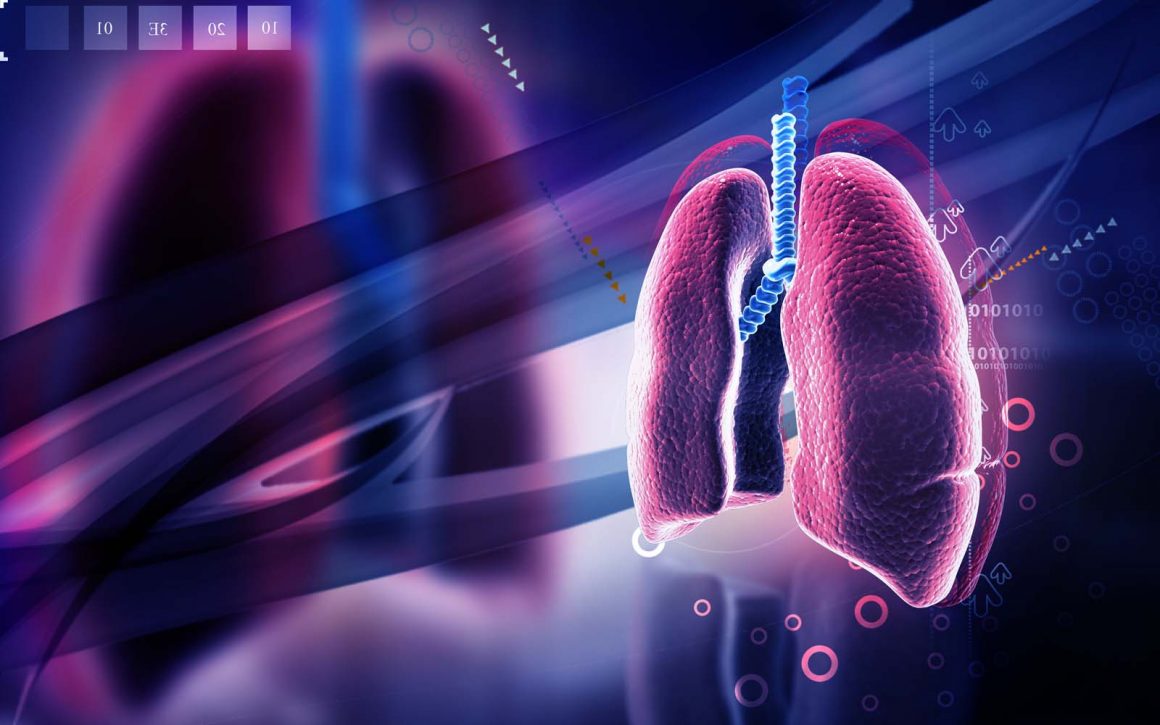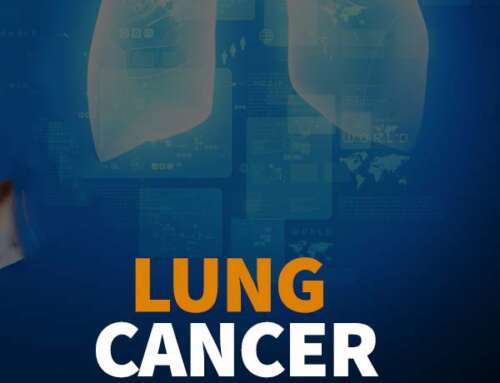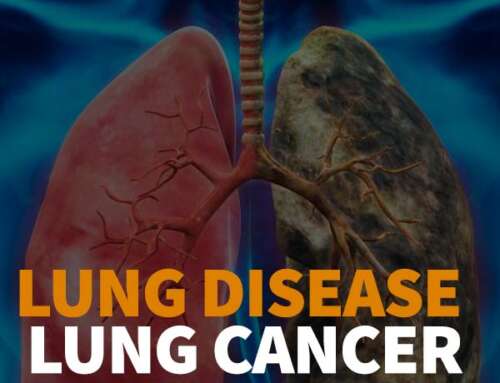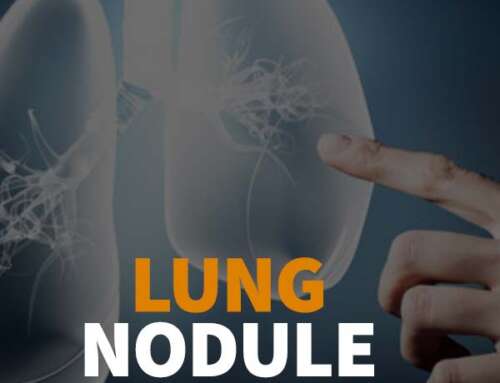Project Description

Sarcoidosis: Symptoms and Treatment
Sarcoidosis is an inflammatory disease that can be difficult to diagnose because it produces many different symptoms in various organs of the body.
The first case of sarcoidosis was diagnosed 120 years ago. Its description and symptoms have not changed, although scientists have unceasingly investigated the mysterious disease.
FLASS provider Dr. Fortune Alabi states, “Although sarcoidosis is often thought of generally as a lung disease, it can affect many parts of the body individually or simultaneously. Our specialists treat all the facets of this disease, not simply pulmonary sarcoidosis.”
Did you know….
- With sarcoidosis, tiny collections of inflammatory cells, called granulomas, grow in one or more organs.
- If the disease is ignored or misdiagnosed, the granulomas build up and interfere with the proper function of your organs.
- The granulomas can appear in many parts of the body, so the symptoms are not confined to lungs. “Other than in the lungs, we find and treat sarcoidosis in lymph nodes, eyes and skin. Sometimes it will even show up in the heart, the liver and brain,” Dr. Alabi explained in a recent interview.
Symptoms of Sarcoidosis
The symptoms of this condition can vary greatly from person to person, depending on which tissues and organs are affected.
In some cases, symptoms may begin suddenly and severely, and subside in a short period of time. Others may have no outward symptoms at all, even though organs are affected. Still others may have symptoms that appear slowly and subtly, but last or recur over a period of time.
We offer these lists of symptoms, not for diagnostic reasons, but simply for information. Please see your doctor or FLASS Provider if you are currently experiencing any of the following symptoms.
Typical Early Symptoms:
- Enlarged lymph glands in the chest
- Fever
- Involuntary weight loss
- Sense of overwhelming fatigue
Lung or Pulmonary Symptoms:
- Shortness of breath
- Wheezing
- Persistent dry cough
- Chest pain
Symptoms On The Skin:
- A rash of tender, red or reddish-purple bumps on your shins or ankles and they may be warm to the touch
- Growths under the skin (nodules), particularly around scars or tattoos
- Distress caused by sores (lesions) on the nose, cheeks and ears
- Some areas of the skin appearing darker or lighter in color
Symptoms of the Eyes:
- Sensitivity to light
- Blurred vision
- Pain in the eyes
- Severe redness
You might not be aware of eye symptoms, so it’s essential to have your eyes checked by your doctor.
Cardiac Symptoms:
- Chest pain
- Shortness of breath (dyspnea)
- Fainting (syncope)
- Fatigue
- Irregular heartbeats (arrhythmias)
- Rapid or fluttering heart beat (palpitations)
- Swelling caused by excess fluid (edema)
Three Classes of Sarcoidosis
There are three general classes of this condition. These include:
- Resolving Sarcoidosis
We see this type of disease resolve itself for no apparent reason. In other words, it can disappear entirely as mysteriously as it arrived. At FLASS, we are cautious about unnecessary treatment. If there is no organ dysfunction, we design a Sarcoidosis Action Plan to help you manage your quality-of-life.
For example, you might require treatment for symptoms of pain and fatigue. If your quality of life is not highly disturbed, we will use a conservative treatment, approach while continuing to monitor your condition.
- Remitting Sarcoidosis
This disease can go into remission. The Stop Sarcoidosis Foundation reported some intriguing statistics on this class:
- Over half of diagnosed cases of sarcoidosis go into remission after 3 years.
- Two-thirds of diagnosed patients experience remission 10 years after their diagnosis.
- Only 5 percent of patients symptoms returned after enjoying one or more years of remission.
Dr. Alabi cautions, “Pulmonary sarcoidosis does not need treatment in a vast majority of cases. There is a spontaneous resolution of the disease in most patients. Thus, if you have no major respiratory symptoms, we advise you to avoid unnecessary treatment.”
- Chronic Sarcoidosis
Some people endure an ongoing type of sarcoidosis which can create permanent damage to various parts of the body. Such patients require physicians, like the specialists at FLASS, who closely to monitor damage to several body systems. We customize treatment plans for all types of chronic sarcoidosis because one medicine that works for one Sarcoidosis patient may not work on another.
Chronic Pulmonary Sarcoidosis
In the lung, chronic sarcoidosis can become severe and even life-threatening. Severe chronic sarcoidosis might cause the granulomas to become fibrous, thus leading to pulmonary fibrosis. Patients with chronic pulmonary sarcoidosis have a higher risk of contracting bronchiectasis and emphysema. Severe chronic pulmonary sarcoidosis patients might require portable oxygen or surgery. We concentrate on limiting the damage of pulmonary sarcoidosis and managing your symptoms.
Causes of Sarcoidosis
Researchers are currently continuing to explore the causes of sarcoidosis, which include genetic, environmental, nutritional and socioeconomic influences. One point is clear: the cause behind the disease is directly connected to your body’s immune system.
Like most physicians who specialize in treating sarcoidosis, Dr. Fortune Alabi states, “We believe sarcoidosis results from the body’s immune system responding to an unknown substance, most likely something inhaled from the air.”
High Risk Groups For Sarcoidosis
Although new research indicates a possible genetic cause behind this disease, we have not identified the precise genes. However, be aware there is significant evidence that sarcoidosis happens more often in certain racial or ethnic family-lines. Research studies identify the following high risk groups:
- Irish immigrants in London – 3 times more likely to develop sarcoidosis than natives of the city.
- African-Americans – 4 to 17 times greater risk of the disease when compared to cases in caucasians.
- People who were born in Martinique but now live in France – 8 times higher chance of developing the disease when compared to native French population.
- Families with a history of sarcoidosis – You have 5 times the risk of the general population if a first or second-degree family member has developed sarcoidosis.
- Naval aircraft servicemen, firefighters and health care workers are also high risk groups for this condition, though the specifics are unknown at this time.
Treatments for Sarcoidosis at FLASS
There are various treatments available for this condition.
Dr. Alabi states, “Steroid medication is the approved choice of treatment for patients with symptoms. It is the preferred drug in the typical treatment for sarcoidosis of patients who have sarcoid involvement of the vital organs, like the heart or the brain.”
“Likewise we offer treatment of the disease with steroid-sparing medications such as Acthar, Methotrexate, Azathioprine or AntiTNF agents. These are especially helpful for patients who cannot tolerate steroids.”
Because sarcoidosis is a multi-organ disease, the FLASS multi-disciplinary team of doctors and PAs bring you proficiency in treating all aspects of the disease. With our support and resources, you will participate in making treatment decisions for your sarcoidosis management plan.
We work with you to accomplish 3 treatment goals:
- Reverse the progress of the disease
- Manage your symptoms to attain your best quality of life
- Provide support to cope with the individual type and severity of your sarcoidosis
Remember, sarcoidosis is not merely a lung disease. The physicians at FLASS have the experience and expertise to manage sarcoidosis when it strikes any system of your body.
A Quotation for You: “I live each day like it’s my first, and I can’t wait for the next one.” By Kris Carr




